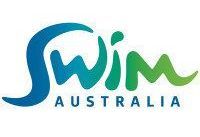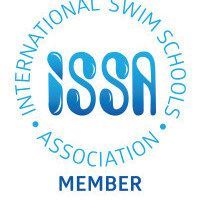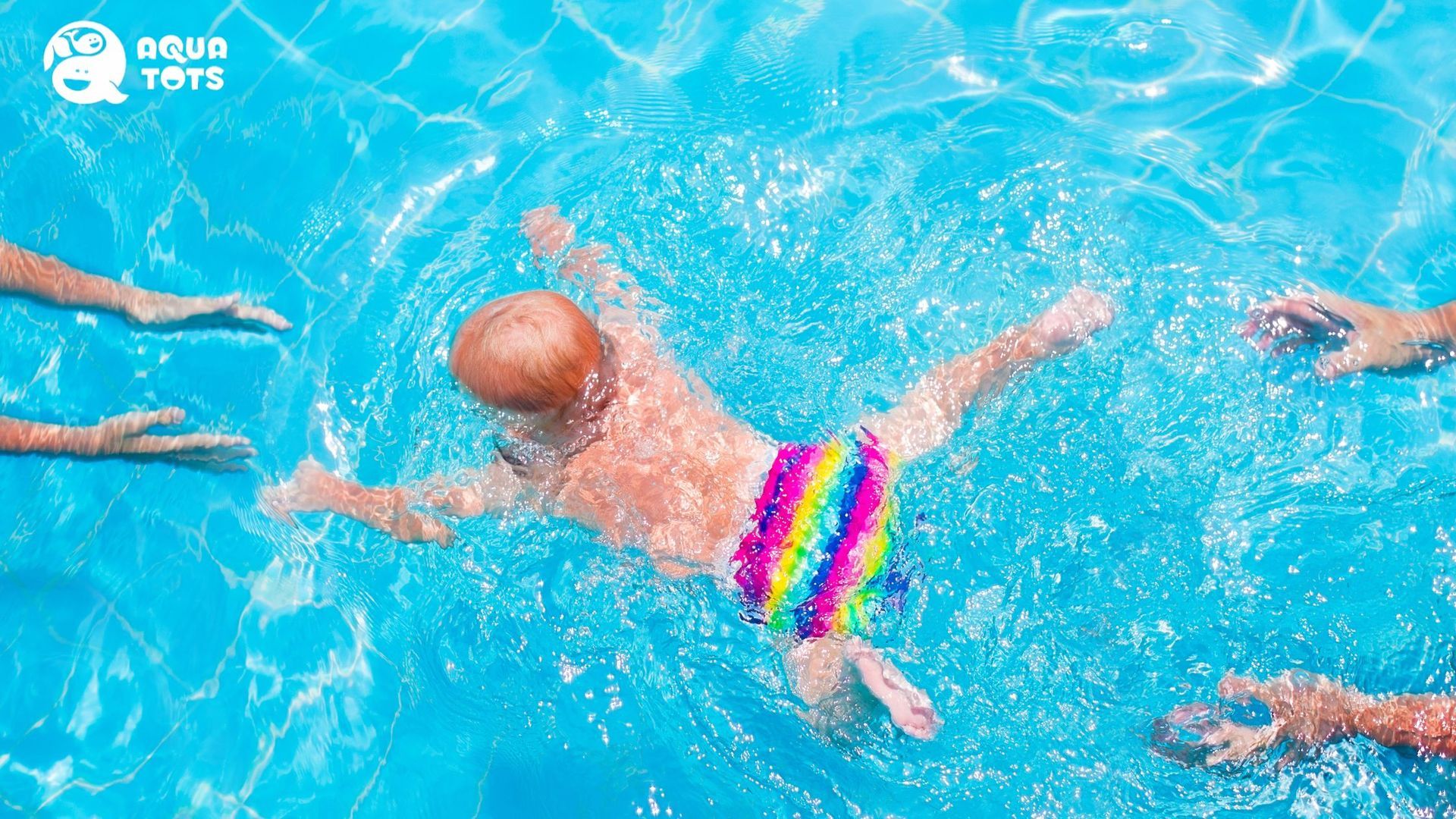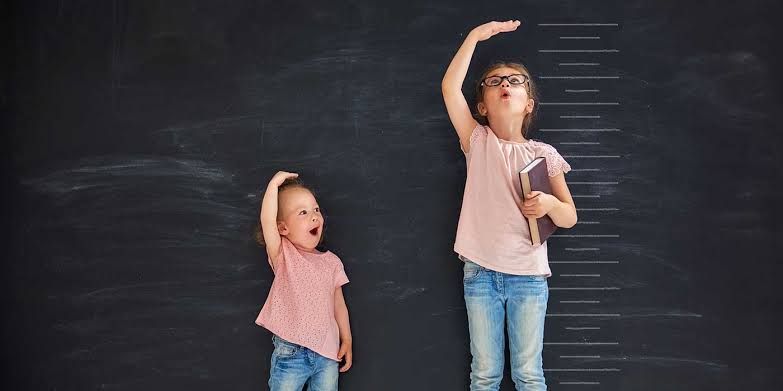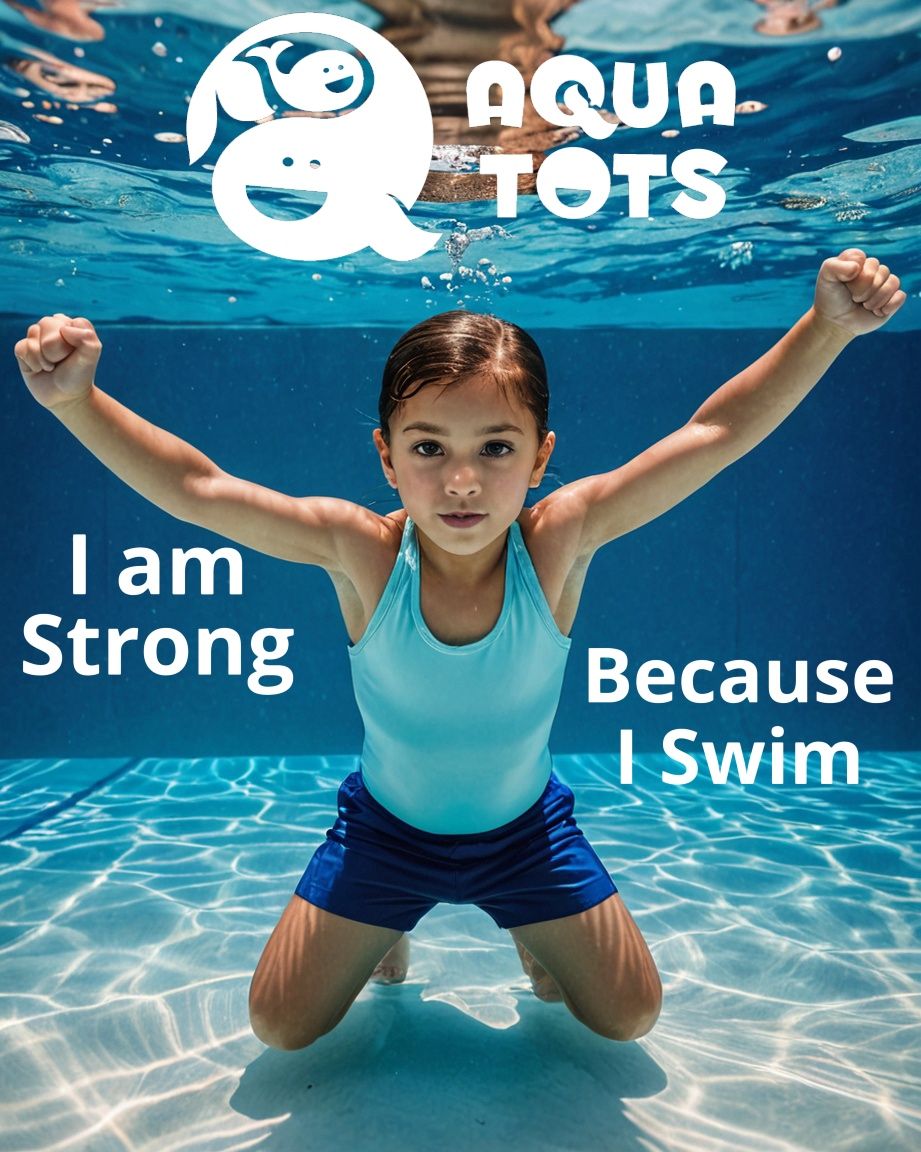The Fundamentals of Strokes
Basic fundamentals of strokes
When your child is on their swimming journey there are some basic things us swim instructors and supervisors look for, so we thought by sharing these with you this might help you better understand the skills we teach in our program as well as giving you the tools on how to help your child outside of lesson time.
1. Head position.
The very first thing that's needed is for the body to be in the right position on the water, we call this a streamline position. The head needs to be in a position that makes the rest of the body on top of the water to minimise drag that is put on the body by the water. When on your front you want the head to be looking directly to the bottom of the pool with the arms in front resting just behind the ears. When on your back the face should be directly opposite the roof (or sky if outdoors) with the ears just under the waterline.
2. Correct kicking technique
Once a correct streamline has been achieved the next step is for the swimmer propel through the water, This happens with legs first. A correct kicking technique comes from the hips and the continues down the legs in a Fast long and floppy movement which we call a flutter kick. If the initial movement comes from the knees then the swimmer wouldn't move anywhere and they would use a lot of energy. We're also look for a slight point of the toes. Butterfly kick is the same just simultaneously and a breaststroke kick is achieved with feet turning out, knees bending towards the bottom then legs making a circle movement to end back at a straight leg glide.
3. Breath timing
When our swimmer have achieved the arm and leg co ordination we then move onto the breath timing. In backstroke and butterfly the swimmer breathes forward no higher than the chin to keep that streamline in the water achieved. backstroke there is no real time for breathing because you head isn't in the water so just getting into a good rhythm works best.
Freestyle however can be tricky as the swimmer breathes to the side when the arms are in the recovery phase. The swimmers head needs to be back in the water by the time the pull phase is starting. The head should be close to the ear and shoulder when turning to breathe. We make sure also that the swimmer is blowing bubbles when their head is in the water so that when they turn to breathe they only need to inhale for a smoother stroke.
4. Long strong pull
Stretching the stroke out and using a strong pull through the water will assist with all strokes. The best way to assist your swimmer to achieve a strong pull though the water sculling exercises are great. Eliminate the ability to use the legs and allow your swimmer to move through the water just using their under water pull strokes. This will not only build on the strength of the pull but creates a great feel for the water.
We hope these tips have helped to give you a better understanding of what your child is achieving in the water.
Certifications

